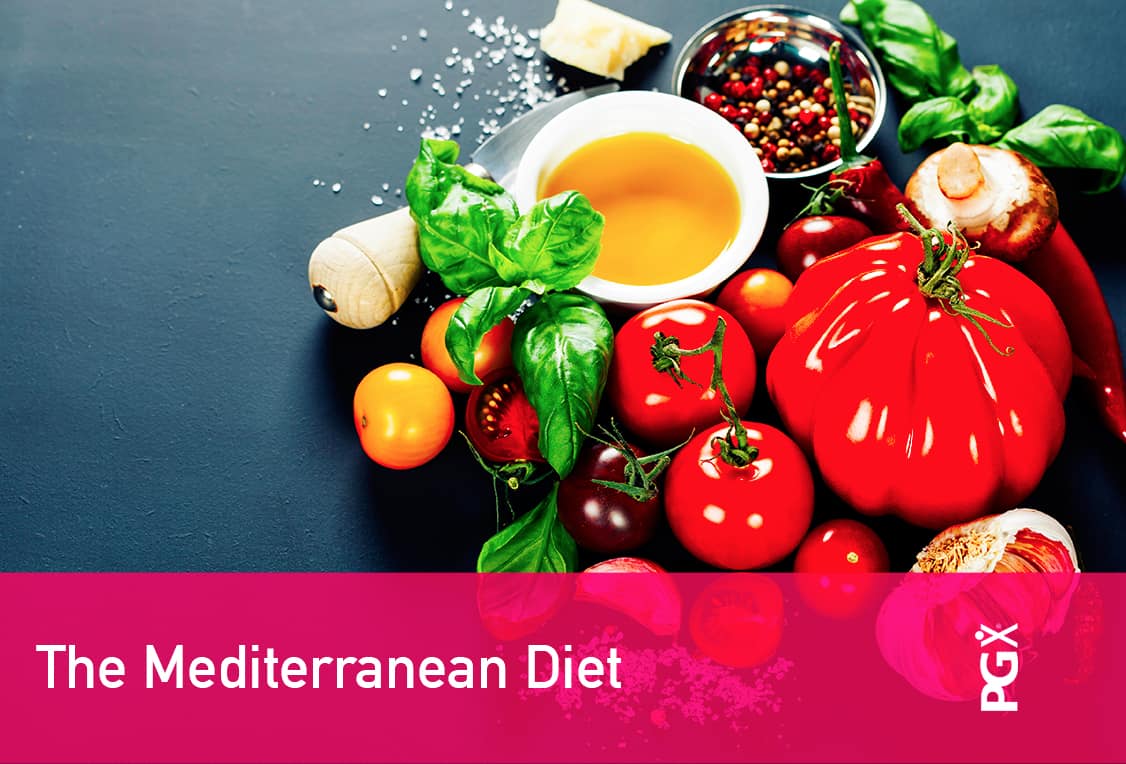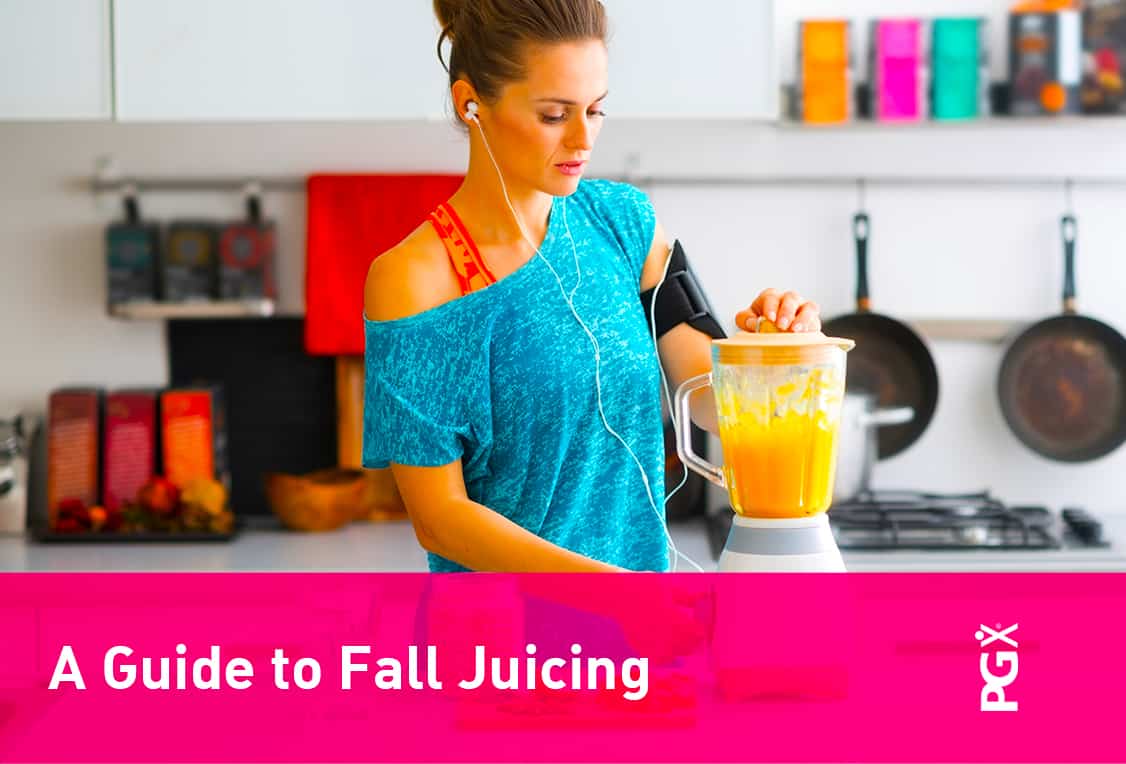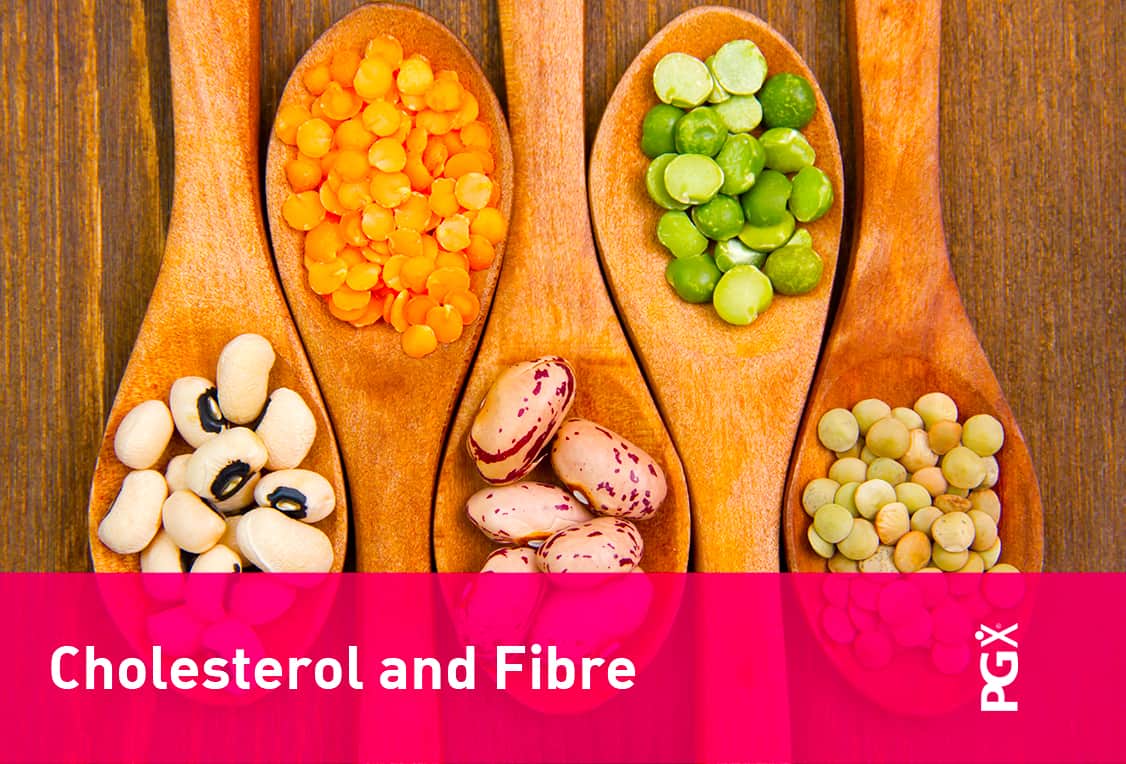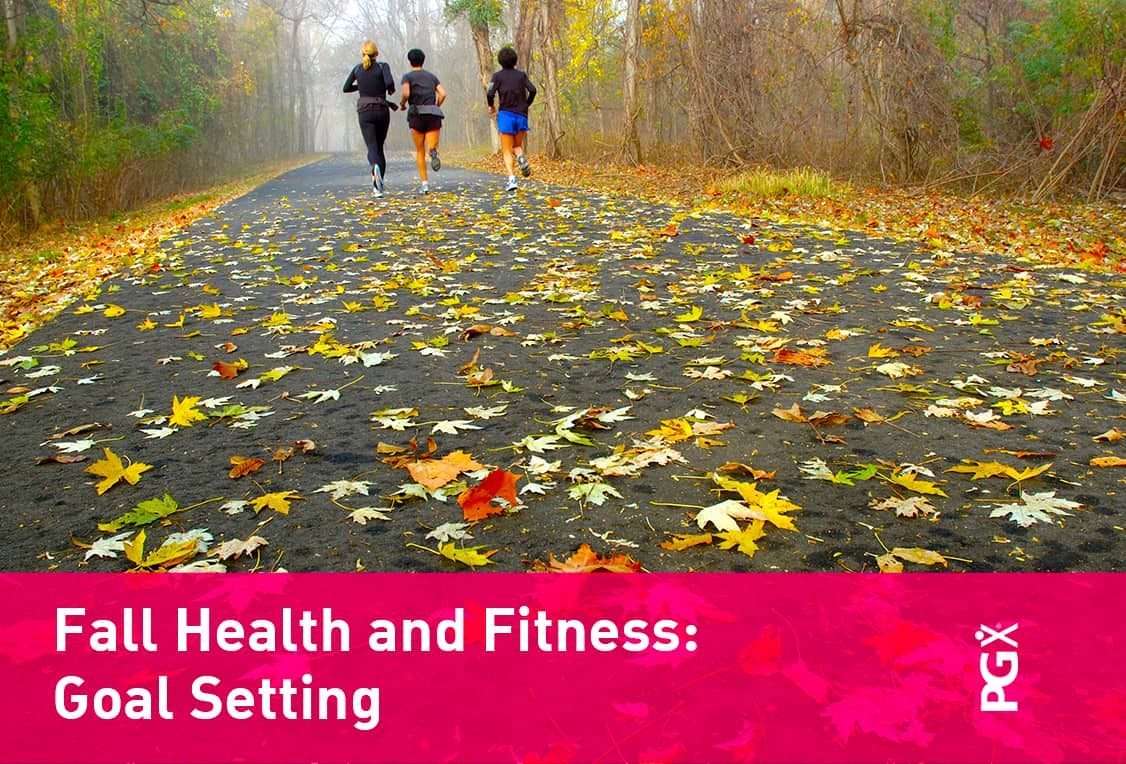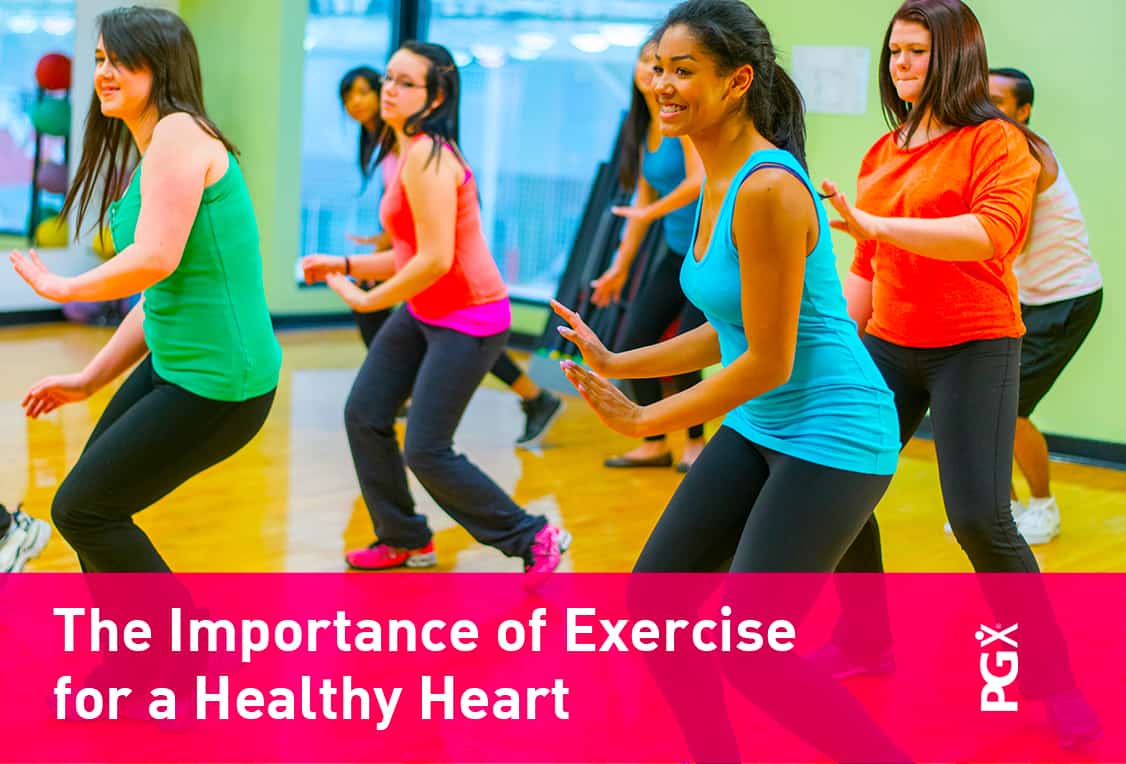The Mediterranean Diet
The Mediterranean diet has a long-established history as the go-to eating plan for people who want to get healthy and enjoy themselves in the process! Often called the world’s healthiest diet, the Mediterranean diet covers the basics in healthy eating, and then some. It’s based on the traditional cooking style of countries bordering the Mediterranean – but what does that really mean for your plate, and your health?
Here’s our crash course to the Mediterranean diet:
Veggie, Veggies, Veggies
Really, there’s not a list out there that veggies shouldn’t top. If you change nothing else in your diet, adding vegetables is a surefire way to get more nutrients – and feel better. Honestly, you can’t eat too many vegetables.
Try adding more vegetables into your diet by incorporating them into omelettes and soups, roasting them with dinner, chopping them into salads, and of course munching on them for snacks!
Get Oily
One of the central tenets of the Mediterranean diet is olive oil. It’s used for everything from cooking to dressing salads to dipping bread. A good source of heart healthy monounsaturated fats, it’s the perfect swap for saturated fats such as butter. It’s not the only good fat you’ll find in the Mediterranean diet – anything with monounsaturated fats, including avocados and nuts, fits the bill.
Go Fish
Perhaps because of a lack of land for animals to graze on, fish make up a good portion of the protein in the Mediterranean diet. Fish, especially fatty fish such as salmon, offer a wealth of nutrients, including heart-healthy omega-3s. You should try to aim to eat fish 2-3 times a week.
Other healthy lean proteins include chicken, turkey, beans, and nuts. This diet tends to be low in saturated fat, so eat red meat in moderation.
Feel Whole
Pair your fish and fresh veg with healthy whole grains that haven’t been refined (read: no white flour). Whole grains are full of fibre and other nutrients that get lost in the refining process, and are well known for their heart healthy benefits.
Go Nuts
We’ve mentioned nuts a couple times already, and for good reason. These little nutrient bombs are the ideal protein-packed snack. Of course, it’s easy to have too much of a good thing with nuts, so eat them in moderation.
Do Eat Dairy
Yes, dairy is ok! However, choose healthier options, like dairy from cultured milk, such as yogurt and kefir, and fresh curd cheeses, like ricotta. Steer well clear of “low fat” dairy products that promise fewer calories but sneak in extra sugar. Instead opt for plain Greek yogurt with fresh fruit as a snack, or add a little lemon and dill for a tasty salad dressing.
Indulge Your Sweet Tooth
Dessert is definitely on the table in the Mediterranean diet – after all, this has nothing to do with willpower and deprivation and everything to do with embracing a healthy lifestyle. That means fruit and a bit of dark chocolate for dessert rather than processed treats. Drizzle pears with a bit of honey for a truly decadent treat.
Share Food – and Laughter
Healthy eating isn’t just about food, every aspect of the experience can have an impact on your well-being. In many of the cultures that traditionally eat a Mediterranean diet, meals are a family – or even community – affair. People come together to break bread, creating a rich experience that feeds body, mind, and spirit.
When you eat according to the Mediterranean diet, you’re building your meals around veggies, fish, whole grains, and loved ones. As a result, you’ll find yourself feeling better in no time. This diet is especially good for the heart, but the high nutrient density foods will benefit your whole body. So eat local, in season, and share meals with family and friends – and let us know how it goes!

